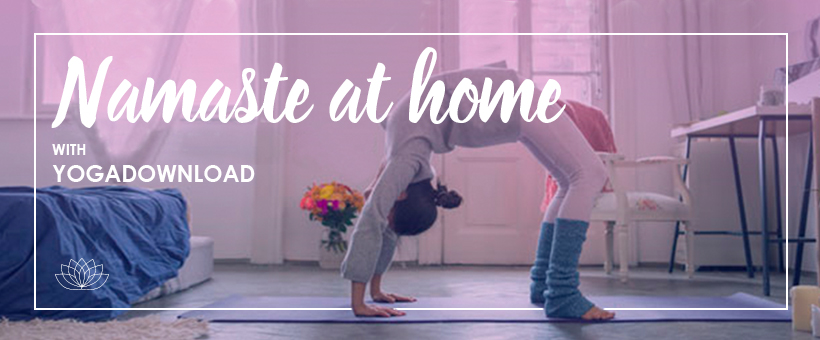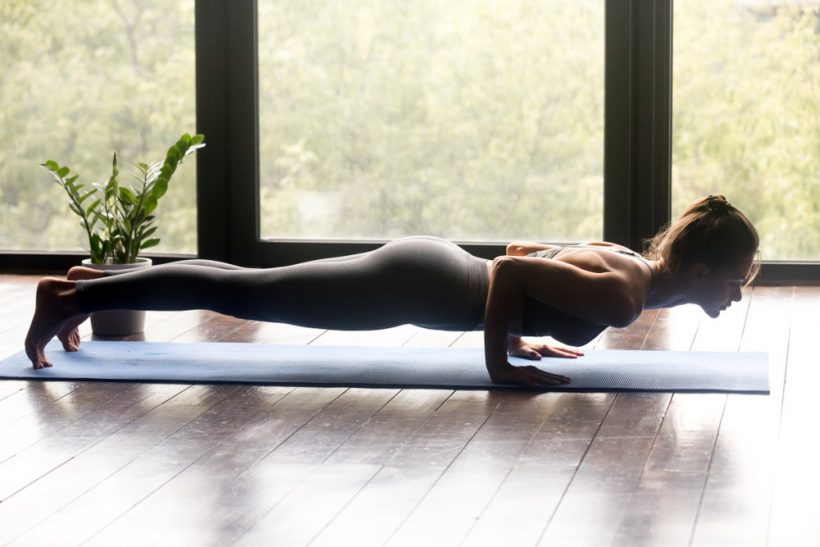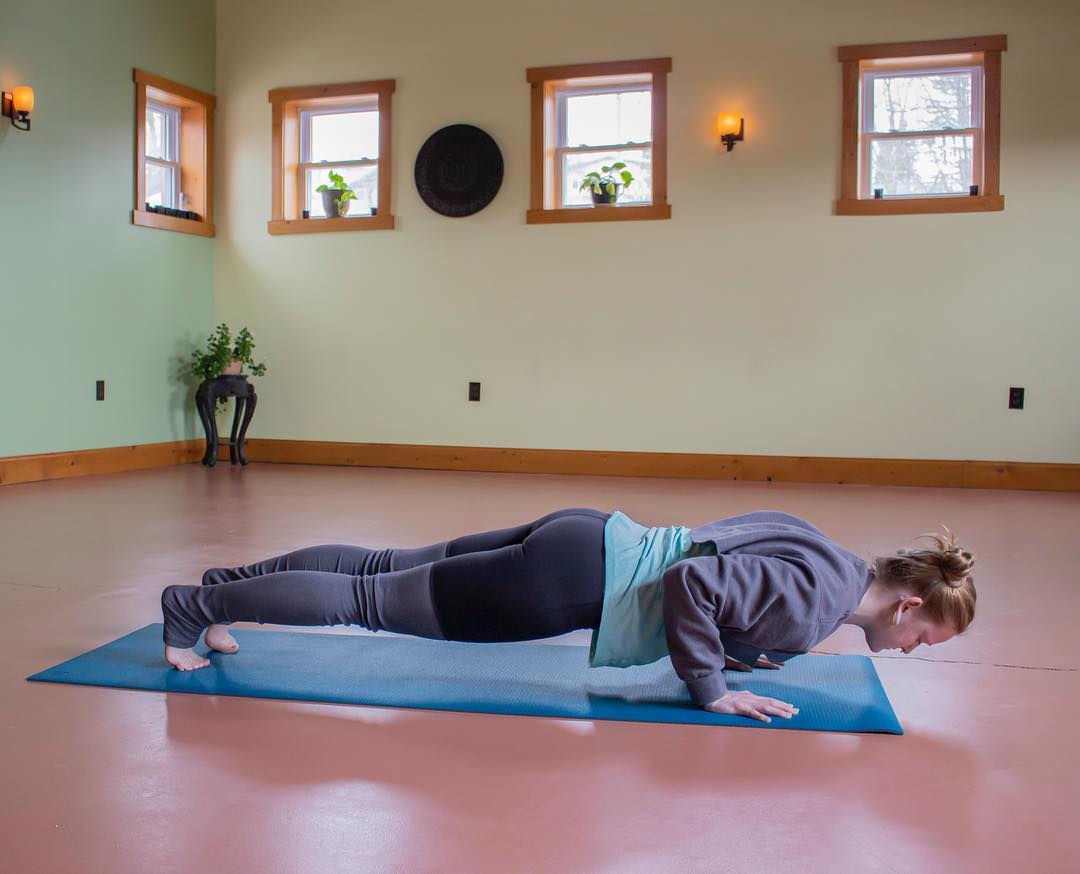Chaturanga Dandasana
After having seen one of the most famous sequences of yoga: the sun salutation, I decide today to focus particularly on a posture that composes it: Chaturanga Dandasana, a posture that yogis love to hate!
Chaturanga is sometimes called "lower plank", its name comes from the Sanskrit word chatur, meaning "four", anga, meaning "limb" and danda, meaning "stick".
WHAT ARE THE BENEFITS OF CHATURANGA DANDASANA?
This yoga posture is designed to strengthen the arms, shoulders, abdomen and back muscles. It also strengthens and relaxes the wrists.
Contrary to what one might think, this is not an easy posture, as it requires strength, perfect whole body alignment and coordination. It is excellent for teaching the beginner yogi to find his concentration (dharana).
The Chaturanga dandasana can also help students who do not have self-confidence, it is said that this pose stimulates the manipura chakra, which promotes confidence and self-esteem.
WHAT ARE THE COMMON MISTAKES?
If you take yoga classes, you may have seen and seen Chaturanga again and again (especially if you do vinyasa), and that's the problem. If you keep doing this asana wrong, you increase your chances of overworking your joints, especially your shoulders.
Because it is often the shoulders that are the problem, if they are not correctly positioned and stabilized, you will create excessive stress on your joints. This can compress the shoulder joint and cause damage to the rotator cuff.
Neither you nor I want this, so let's see how to get the full benefits of Chaturanga without the risk of injury. It is important to learn how to master healthy Chaturanga to practice yoga in a healthy way and keep your shoulders healthy.
Often we confuse speed with haste, and in an effort to get it over with as quickly as possible, we neglect alignment.
The beauty and difficulty of the Chataranga is that it relies on the coordination of many muscles.
Often the alignment is broken because :
- the head of the shoulder turns forward and the buttocks lift up, as if to compensate.
- the muscles at the front of the body (large pectorals and deltoids) tend to be stronger than the muscles of the upper back.
- the small pectoral, which is often stiff because it is not used much, can contribute to the heads of the shoulders falling inwards.

Before fixing your chaturanga, it is important to correct these muscle imbalances and strengthen the weakest parts of your body.
This will naturally help to bring the heads of the shoulders back and align them.
Also, consider strengthening the upper back muscles (rhomboids, trapezius and jagged muscles) as part of your workout routine.
Also, don't hesitate to work on those other postures that strengthen the joints and the sheathing in order to evolve towards a better Chataranga :
- the sphinx posture
- the dolphin posture (or rather, the dog upside down/dolphin sequence)
- the board
HOW TO MAKE CHATURANGA
If at first glance, making a Chaturanga is easy, most of the time you're wrong, and you'd certainly be surprised if I filmed you as it's so difficult to maintain a perfect alignment.
Everyone to your yoga mats for a little catch-up session!

• We start by getting into the board posture, wrists at the level of the shoulders, feet hip width, the body describes a line and the 10 fingers of the hands are well anchored in the ground, the look is carried straight ahead (and the rest during the whole exercise).
• Your shoulders must be in a low and back position, for this, imagine that a pencil is slipped under your armpits with the instruction that it must not fall down. Also tuck in your belly button and sheath it to support your spine, as if you were wearing a corset.
• From there, move down and lean forward without losing the elbow/wrist alignment. You always want to keep this 90° angle at the elbows. The elbows should go backwards, close to the body (never let your elbows go outwards).
• Your elbows should line up above your wrists so that your arms are close to a 90-degree bend.
The most difficult thing is often to understand the right position to adopt for your shoulders. Always listen to your body, if you feel that you are not feeling well, do not hesitate to do your Chaturanga on your knees to preserve your shoulders and wrists. Prevention before cure always!


